Filters
The filter is a screen that absorbs or removes multiple radiation from the beam and modifies the quality of the light. They can be made of glass, plastic or gelatin and are usually placed at the front of the lens, threaded thread or through the filter house. (You have to be careful with the large wide angles, since in the photo you can see the frame; in the wide-mouth objectives and in the catadioptics the filter is placed between the camera and the target.
Color filters
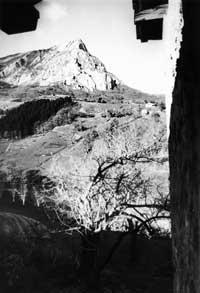
Colored filters modify the emulsion response to colors.
The panchromatic film in black and white is sensitive to all colors and reproduces them, according to their luminosity, making them gray. But there are colors that do not come out as expected: the blue reproduces them lighter than desired and that and the darker greens than expected. So, if we use a yellow filter that darkens the blue color, for example, we will get the clouds to be highlighted in the sky.
Orange and red filters increase this effect and give more drama to photography. Each filter illuminates its color and accessories, by absorption, obscures them, without affecting the colors white, gray and black. The yellow filter is the most used and can be the most suitable to start with, since it is the one that best fits reality. In color photography, colored filters are used to correct the quality of light and are usually of lower density than those of black and white.
We have two main types of color films, each adapted to a color temperature: a film adapted to the light day or to a color temperature of 5,500 K (also to the light of the flash) and to the light of wolfram or artificial (at a color temperature of 3,200 K).
If the light source corresponding to each film is changed, corrective filters are needed, otherwise color deviations occur. The problem is above all in the slides, since the deviations that appear in the color negatives can be solved by positioning.
The film is adapted to midday light and changes occurring throughout the day are also noted in the results. Thus, when you want to polish the red light that predominates at dawn and at dusk blue filters are used.
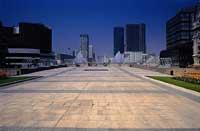
When the sky is blue, when taking the photos to the shadows, on the contrary, the blue color predominates and to soften it red filters are used. In addition to all this, color filters are used to set the photo image from one color to another.
There are other types of filters that have a colored central area and a colorless one, called gradients, that lose their color staggeringly. Its aim is to reduce the contrast between two aspects of different images, such as the sky and the land of landscapes. Although degraded, the more open the diaphragm, the less color change between the two parts will be noticed in the result.
On the other hand, it should be noted that colored filters reduce the amount of light that reaches the film and, if there is no spposimeter along the lens, this loss of light should be compensated by increasing exposure. To do this, each filter has its own filter factor and the number indicating it must be multiplied by exposure. In the gradients, on the contrary, we should not do it because the part without color would be superimposed.
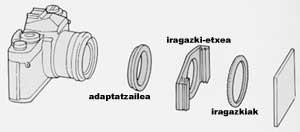
Colorless filters: polarizer, ultraviolet and neutral density
All three can be used both in black and white and in color and, unlike the previous ones, do not affect the exposure.
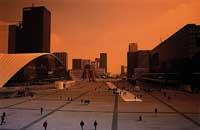
The polarizer is used to remove reflections produced by polarized light on smooth and non-metallic surfaces. In the photographs of colors, this light subtracts vitality to the colors and with the filter is achieved that these come out more intense, in this way we can get the sky to be more blue, the greener meadows, etc. This target filter must rotate until its polarization plane forms a right angle with that of polarized light. In this way we can reduce the intensity of the polarized light to a minimum.
Both black and white film and color film are sensitive to UV radiation invisible to the human eye. UV radiation produces a cloudy effect that manifests above all in remote landscapes, high altitudes, sea and cloudy days. In black and white they illuminate the image and azulean in colors. If not desired, an ultraviolet filter that absorbs these radiations will be used.
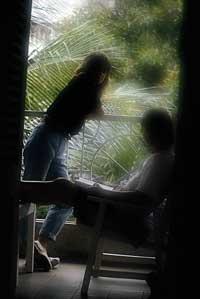
In addition, experts recommend using this filter permanently to protect the target. It is the so-called Skylight.
Neutral or grey density filter reduces light intensity without altering tonal reproduction. Allows the use of large openings even with strong light. There are also neutral density gradients.
In addition to these two groups, there is a long list of filters that generate special effects. For example: star filters that convert light points and reflections into stars, filters that diversify the image, filters that generate diffraction, diffusion filters that soften the image and reflect a romantic atmosphere, etc.
Despite all that said, it is advisable to inform the photo store of any filter so that they take it into account in the laboratory and not try to correct it by mistake.
Buletina
Bidali zure helbide elektronikoa eta jaso asteroko buletina zure sarrera-ontzian











